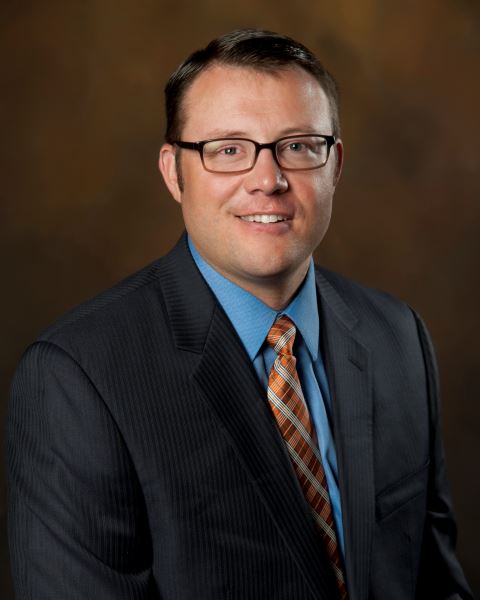
The team at Eastern Idaho Regional Medical Center (EIRMC) in Idaho Falls, Idaho recently used a treatment known as Epicel that cultures a very small section of the patient’s own skin and “grows” new skin- as much as 10,000 times the original size- in a laboratory. This new skin is used to cover the burned areas.
The treatment is available in the United States for patients who have deep dermal or full thickness burns comprising a total body surface area greater than or equal to 30% of their body.
Recently, EIRMC’s Burn Center used Epicel to treat a male with burns over 54%of his body.
How does this new treatment work?
Epicel is a cultured epidermal autograft (CEA), which is a skin graft grown in a laboratory using two 6X2 cm biopsies of the patient’s own skin. That’s about the size of a postage stamp. Using these biopsies, the patient’s skin cells are placed into a culture medium, nutritionally supported and allowed to grow together to form new cells that can be used in skin grafts.
In the culture, the cells grow rapidly, often to 10,000 times the size of the original postage stamp- sized biopsy. Grafts can be cultured in as little as 17 days. Epicel grafts can provide skin replacement for patients with deep dermal or full thickness burns comprising a total body surface area of greater than or equal to 30%.
A clinical study conducted at the Baltimore Regional Burn Center of Johns Hopkins University compared the outcomes of therapy in patients with massive burns with or without cultured CEAs. The study found that people in the CEA group had significantly higher survival rates than those in the control group.
How is this different from traditional methods of healing severely burned skin?
There are generally two methods of healing severely burned skin. The first is traditional, or autologous skin grafting, where sections of healthy skin are removed from unaffected areas of the body and then transplanted to cover a burn area. Traditional skin grafting is essentially “size for size,” meaning skin taken from an unaffected area can only be stretched a bit larger. It involves a surgical procedure that can cause pain and additional scarring. In addition, use of autologous skin grafts may not be an option for patients with severe burns over a large percentage of their body, simply because healthy skin is not available.
The second method to healing severely burned skin is the use of cadaver skin. With cadaver skin, there is a risk of rejection of the donor skin; a higher risk of infection; and the surgical procedure is painful and can cause additional scarring.